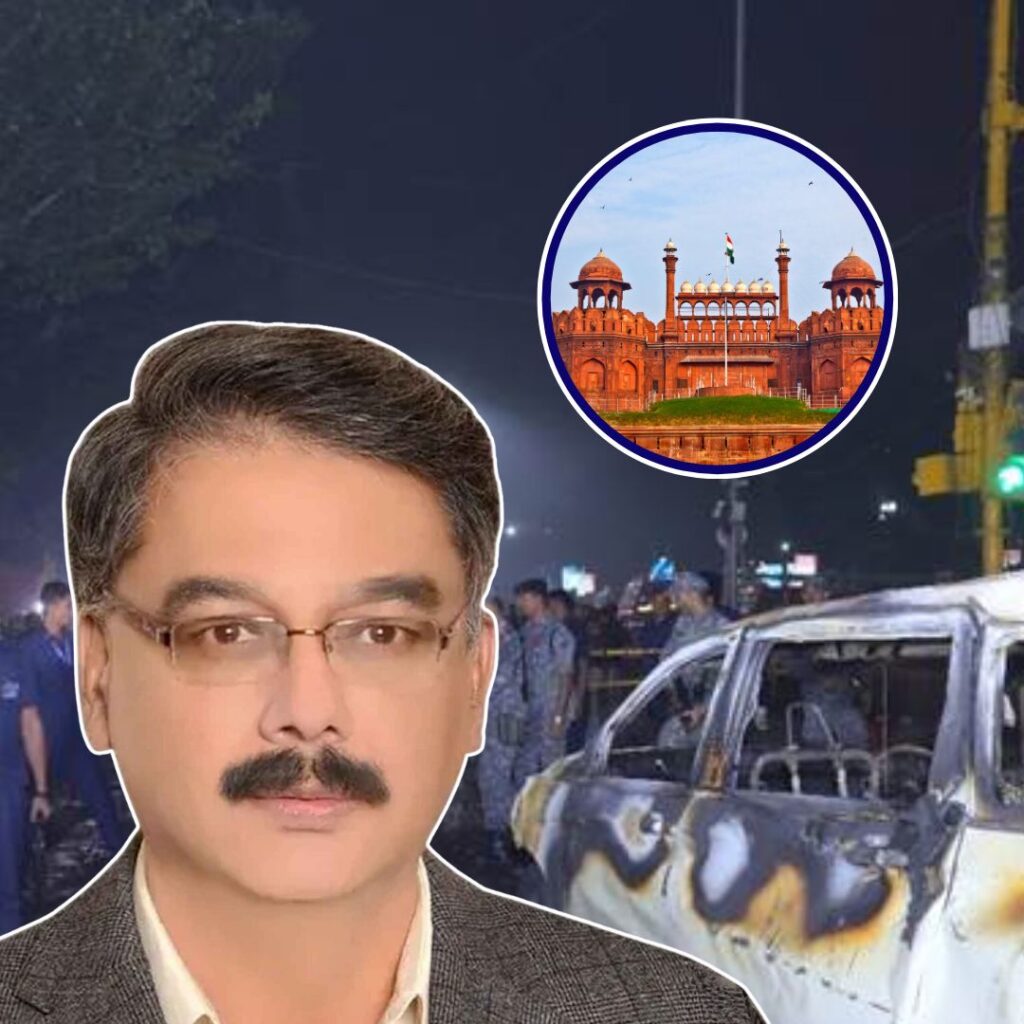In a significant development in Andhra Pradesh’s ongoing battle against Maoist insurgency, over seven Maoists were killed in a gunfight with security forces early on November 18, 2025, in the forested Alluri Sitarama Raju district.
This encounter followed a major operation launched after the killing of top Maoist commander Madvi Hidma and his wife the previous day.
According to Andhra Pradesh Intelligence Additional Director General of Police (ADG-IP) Mahesh Chandra Laddha, the slain Maoists included three women and a key Improvised Explosive Device (IED) expert known as Meturi Jokha Rao alias ‘Tech Shankar’.
The operation resulted in the arrest of 50 Maoist cadres across multiple districts and the seizure of a large cache of weapons and explosives.
Authorities cautioned remaining Maoists to surrender while vowing to continue robust combing and intelligence operations to ensure peace and security in the region.
Intensified Intelligence-Led Operations and Encounter Details
The encounter took place in the dense forests of Alluri Sitarama Raju district, near the Andhra Pradesh-Odisha border, an area notorious for Maoist activity due to its rugged terrain and tribal population.
The operation was launched on November 17 after credible intelligence surveilling Maoist movements indicated attempts by armed cadres from Chhattisgarh and Telangana to infiltrate Andhra Pradesh and re-establish operational bases.
The following morning, security forces conducting a combing operation were met with armed resistance from Maoists, resulting in a fierce exchange of fire.
Mahesh Chandra Laddha confirmed that among the seven Maoists killed, three were women fighters, reflecting the inclusive nature of Maoist cadres in the region.
The bodies of the deceased are undergoing formal identification, although one has already been identified as “Tech Shankar,” a specialist in technical operations, arms manufacturing, and communication systems.
Laddha acknowledged that some of the slain Maoists were senior commanders, but more detailed confirmations are awaited.
In the wake of Tuesday’s killing of Madvi Hidma, a Central Committee member of the banned Communist Party of India (Maoist) and a notorious leader behind multiple attacks, the police intensified operations to prevent regrouping and retaliation by Maoist factions.
The encounter and subsequent arrests represent a concerted effort by Andhra Pradesh police and intelligence agencies to dismantle Maoist leadership and cripple their operational capabilities.
Widespread Arrests and Seizure of Weapons
Alongside the encounter, police have reported significant success in apprehending 50 Maoist activists across the districts of NTR, Krishna, Eluru, Kakinada, and Konaseema.
The arrested include high-ranking members such as three Special Zonal Committee members, 23 platoon members, five divisional committee members, and 19 area committee members, marking the largest haul of Maoists arrested in a single crackdown phase in Andhra Pradesh’s history.
The police underlined that these arrests were conducted with utmost care to prevent any harm to civilians, reflecting a responsible operational approach in tribal and civilian areas.
According to officials, a massive cache of weapons and explosives was also recovered, detailed as 45 firearms, 272 rounds of ammunition, two magazines, 750 grams of explosive wire, and other incriminating materials.
The arrested Maoists included logistic handlers, communication operatives, and armed cadres closely linked to Madvi Hidma.
Police sources mentioned many fled Madhya Pradesh’s Sukma and Bastar districts after heightened security pressure and the elimination of prominent members, seeking temporary refuge in Andhra Pradesh’s urban pockets to regroup.
Background
The Maoist insurgency, often referred to as the Naxalite movement, is one of India’s longest-running internal security challenges, spanning over five decades. It primarily affects forested tribal regions across central and eastern India, including Chhattisgarh, Jharkhand, Odisha, Telangana, and Andhra Pradesh.
The movement claims to fight for the rights of marginalized tribal communities but is tagged as a banned terrorist organisation by the Indian government due to its use of violence and armed rebellion.
Alluri Sitarama Raju district has been a Maoist hotspot due to its thick forests and socio-economic vulnerabilities among tribal populations. This terrain offers strategic advantage to Maoists for their guerrilla tactics and shelter, making security operations challenging.
Over the past year, Andhra Pradesh has made remarkable strides in counter-insurgency efforts, gunning down key leaders like Kakuri Pandanna (Jagan), Gajarla Ravi (Uday), and Aruna, significantly disrupting Maoist networks.
However, the insurgency’s persistence illustrates the complexity of the issue: deep-rooted grievances relating to land rights, exploitation, poverty, and lack of development have allowed Maoists to sustain influence in certain areas.
Security experts highlight the necessity of simultaneously combining policing strength with socio-economic development and rehabilitation for lasting peace.
The Logical Indian’s Perspective
The recent encounter and broader security successes undoubtedly signal critical progress against armed insurgency threatening lives, governance, and development in affected regions.
Yet, The Logical Indian emphasises that the fight for peace extends beyond militarised operations. While neutralising violent elements remains crucial, it is equally important to address the structural and human factors that fuel insurgency.
We uphold that sustainable peace demands a multi-dimensional approach-encompassing dialogue, inclusion, respect for tribal rights, and enhanced access to education, healthcare, and livelihoods.
Respectful engagement and empowerment of marginalised communities through genuine development efforts can dismantle the deep-rooted alienation that drives conflict.
As the security forces continue pursuing remnants of the outlawed groups, we call on policymakers, civil society, and communities to envision a holistic peace framework-where empathy, coexistence, and positive change replace violence and fear.












